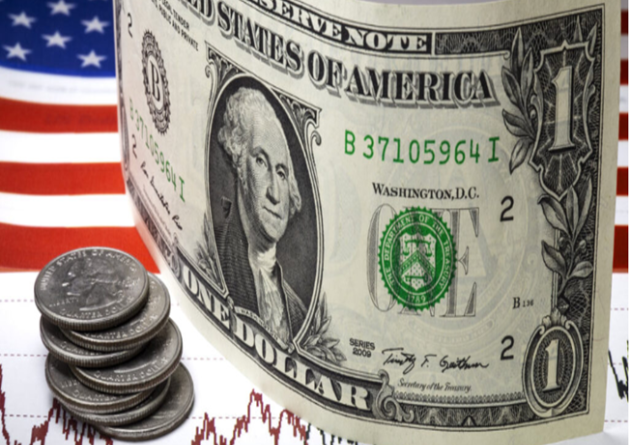US Dollar Index Rises Above 98.50 as Trump Signals De-Escalation in US-China Trade Dispute.
- rabeelrana

The US Dollar Index (DXY), which measures the Greenback’s performance against a basket of six major global currencies, traded higher around 98.85 during the Asian session on Monday. The Dollar’s strength reflects renewed optimism among investors that tensions between the United States and China may ease, following recent developments in their prolonged trade dispute.
The week began with cautious optimism after US President Donald Trump moderated his tone on the ongoing trade conflict. On Friday, Trump had threatened to impose 100% tariffs on all Chinese imports effective November 1, escalating market concerns over a potential global slowdown. In response, China warned of retaliatory measures should Washington proceed with its tariff plan. However, comments from Trump over the weekend emphasizing that China’s economy “will be fine” and that the US wants to “help China, not hurt it” helped calm market nerves and limited the DXY’s downside pressure.
In domestic data, US consumer sentiment weakened slightly in early October, with the University of Michigan Consumer Sentiment Index edging lower to 55.0 from 55.1 in September, surpassing expectations of 54.2. Meanwhile, inflation expectations showed mild improvement: the 1-year outlook eased to 4.6% from 4.7%, while the 5-year forecast held steady at 3.7%, indicating stable longer-term inflation expectations.
Despite the Dollar’s modest rebound, upside potential remains constrained amid persistent concerns over the ongoing US government shutdown, now entering its third week. Congressional gridlock has delayed a funding resolution, with the Senate not expected to vote on new spending measures until Tuesday. Prolonged fiscal uncertainty could weigh on investor sentiment and dampen near-term growth prospects.
Market participants are also closely monitoring Federal Reserve policy expectations. According to the CME FedWatch Tool, traders are pricing in a 97% probability of a 25 basis point rate cut at the October meeting, with a 92% chance of another reduction in December. These expectations reflect growing concerns that the trade standoff and government shutdown could further pressure the economy, prompting the Fed to maintain a dovish stance through the remainder of the year.
Looking ahead, traders will focus on upcoming economic data releases and official comments from Federal Reserve policymakers for clues about the trajectory of interest rates. Any signs of progress in the US-China trade negotiations or resolution of the fiscal impasse in Washington could provide fresh direction for the US Dollar in the near term.
